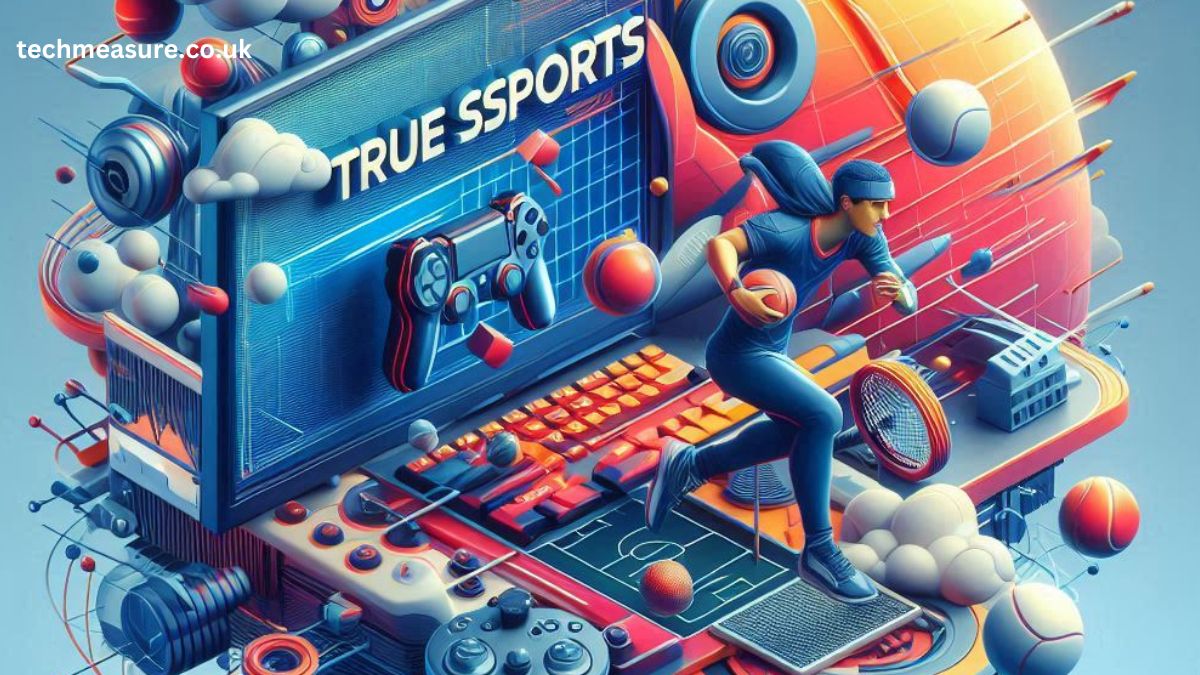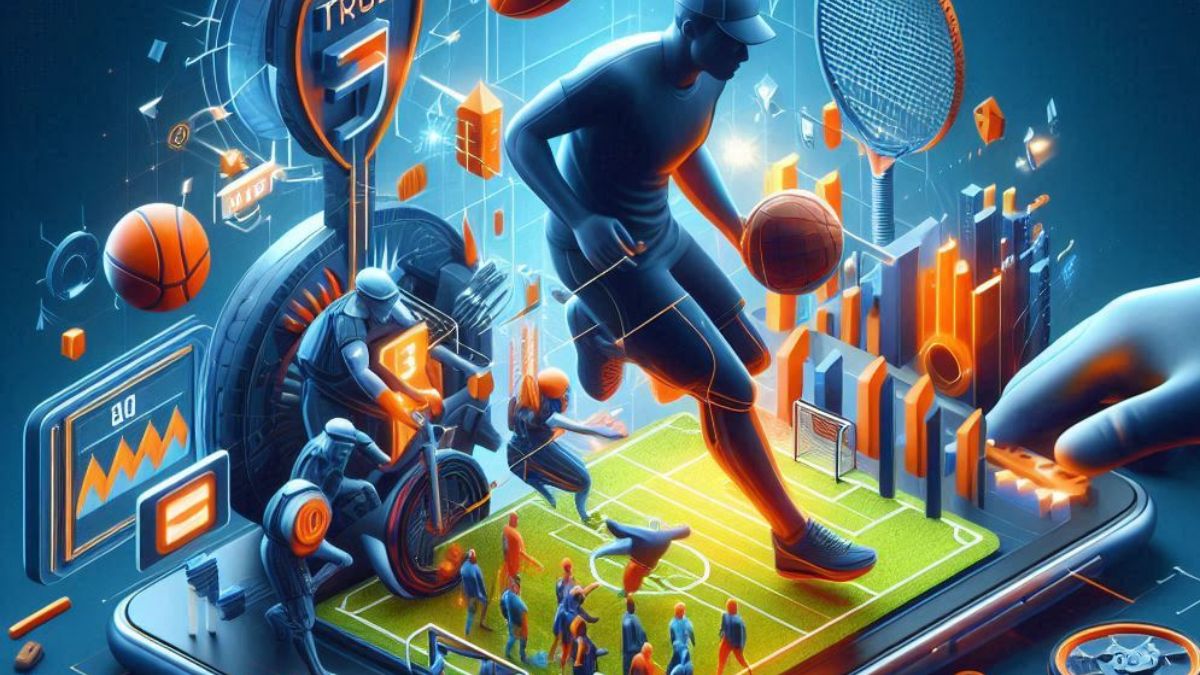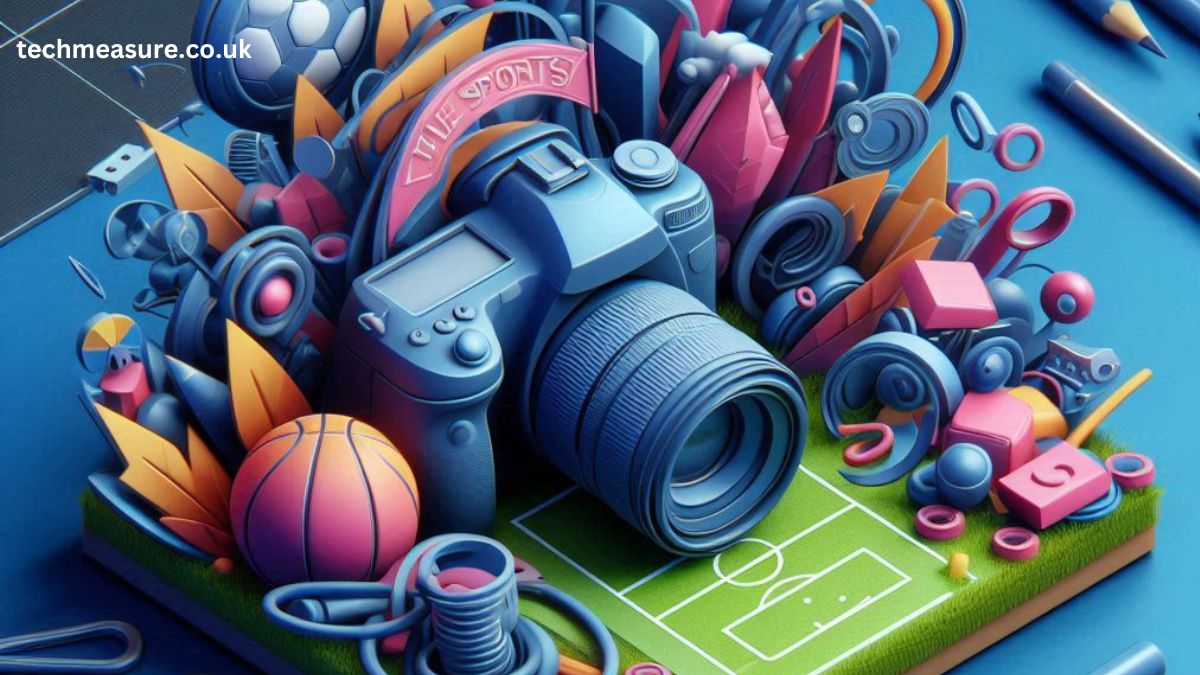Introduction
In today’s fast-paced world, technology permeates every aspect of our lives, and the sports industry is no exception. eTrueSports tech is revolutionizing the way we play, watch, and analyze sports. From wearable devices that monitor our every move to advanced data analytics that provide insights into performance, technology is reshaping the sports landscape. In this guide, we’ll delve into the fascinating world of eTrueSports tech, exploring its components, benefits, challenges, and future trends.
What is eTrueSports Tech?
eTrueSports tech encompasses a broad range of technological innovations designed to enhance athletic performance, improve coaching strategies, and elevate the overall sports experience. It includes everything from wearable devices and performance monitoring systems to data analytics and virtual reality applications. The evolution of sports tech began with basic fitness trackers and has now expanded to include sophisticated tools that provide real-time feedback and comprehensive data analysis.
Key Components of eTrueSports Tech
Wearable Technology
Wearable tech has become a cornerstone of modern sports, offering athletes and coaches a wealth of data to optimize performance. This includes fitness trackers, smartwatches, and specialized sports gear embedded with sensors. These devices monitor various metrics such as heart rate, movement, and sleep patterns, providing valuable insights for training and recovery.
Data Analytics
Data analytics plays a pivotal role in eTrueSports tech, transforming raw data into actionable insights. By collecting data from various sources, analysts can identify trends, predict outcomes, and make informed decisions. This technology is utilized in player performance analysis, injury prevention, and strategic planning.
Virtual and Augmented Reality
Virtual Reality (VR) and Augmented Reality (AR) are increasingly used in sports for training, simulation, and enhancing fan engagement. VR allows athletes to practice in a controlled environment, while AR can overlay useful information onto the real world, enriching the training experience and providing fans with interactive viewing options.
Performance Monitoring Systems
Performance monitoring systems are designed to track and analyze an athlete’s performance over time. These systems use sensors and software to collect data on various aspects of an athlete’s physical condition and performance, helping coaches make data-driven decisions to improve training regimes and strategies.
Wearable Technology in Sports
Types of Wearable Devices
Wearable devices range from basic fitness trackers to advanced smart clothing and equipment. Common types include:
- Fitness trackers and smartwatches
- Heart rate monitors
- GPS tracking devices
- Smart shoes and apparel
Benefits for Athletes and Coaches
Wearables provide numerous benefits, such as:
- Real-time performance monitoring
- Injury prevention through early detection of potential issues
- Enhanced training personalization based on data-driven insights
- Motivation and engagement through goal tracking and feedback
Popular Brands and Innovations
Leading brands in wearable tech include Garmin, Fitbit, Apple, and Whoop. Innovations such as smart fabrics and embedded sensors continue to push the boundaries of what wearables can achieve in sports.
What the heck is esports?
Esports, short for electronic sports, refers to competitive video gaming. It involves professional gamers playing video games at a high level, often in organized tournaments and leagues. These competitions can range from small, local events to large-scale international championships, drawing significant audiences both online and in person. Here are some key aspects of esports.
How has technology impacted eSports?
Gaming Hardware and Software
Advanced Gaming PCs and Consoles: Enhanced processing power, high-resolution graphics, and faster load times have significantly improved the gaming experience, making games more immersive and competitive.
Peripheral Devices: High-quality keyboards, mice, headsets, and controllers tailored for gaming provide players with the precision and comfort needed for high-level play.
2. Internet and Networking
High-Speed Internet: The development of high-speed broadband and fiber-optic connections has enabled smooth online multiplayer gaming, reducing latency and improving gameplay quality.
Cloud Gaming Services: Platforms like NVIDIA GeForce Now and Google Stadia allow gamers to stream games without the need for high-end hardware, broadening access to competitive gaming.
Virtual and Augmented Reality in Sports
Applications in Training and Performance
VR and AR provide immersive training environments where athletes can practice without the physical constraints of a real-world setting. VR can simulate match conditions, helping athletes prepare mentally and physically. AR enhances live training sessions by providing real-time data and feedback.
Enhancing Fan Experience
For fans, VR and AR offer new ways to experience sports, from virtual seats at games to interactive content that provides deeper insights into the action. These technologies make sports more accessible and engaging.
Notable VR and AR Sports Tech
Companies like STRIVR and Oculus are leading the charge in VR sports training, while AR applications like the NBA AR app allow fans to interact with game stats and player profiles in real-time.
Performance Monitoring Systems
Performance monitoring is essential for understanding how athletes respond to training and competition. It helps in:
Tracking progress
Identifying areas for improvement
Preventing injuries through load management
Tailoring training programs
Technologies Used for Performance Tracking
Technologies include GPS systems, motion capture, and wearable sensors. These tools collect data on speed, acceleration, heart rate, and other metrics, providing a comprehensive view of an athlete’s performance.
Case Studies of Successful Implementations
The use of performance monitoring has shown significant results in sports like football, where teams like Liverpool FC use it for player fitness and strategy. In basketball, teams use it to manage player workloads and prevent injuries.
What is esports technology?
Esports technology refers to the specialized hardware, software, and infrastructure used to support competitive video gaming, commonly known as esports. This technology encompasses a wide range of components and systems designed to enhance the gaming experience, facilitate competition, and support the ecosystem of players, teams, and fans. Key aspects of esports technology include:
Gaming Hardware:
PCs and Consoles: High-performance gaming computers and consoles optimized for running esports titles at high frame rates and resolutions.
Peripherals: Precision gaming mice, keyboards, controllers, and headsets tailored for competitive gaming.
Monitors: High-refresh-rate and low-latency displays to provide smooth and responsive visuals.
Benefits of eTrueSports Tech
Improved Performance
By providing detailed insights into training and competition, eTrueSports tech helps athletes reach their peak performance levels.
Injury Prevention
Early detection of potential injuries through monitoring and data analysis helps in taking preventive measures, reducing downtime.
Enhanced Fan Engagement
Technologies like VR and AR make sports more interactive and enjoyable for fans, creating a deeper connection with their favorite teams and athletes.
Better Coaching Strategies
Data-driven insights allow coaches to develop more effective training programs and game strategies, optimizing team performance.
Challenges and Limitations
Cost and Accessibility
High costs can make advanced sports tech inaccessible to amateur athletes and smaller organizations.
Data Privacy Concerns
The collection and use of personal data raise privacy issues that need to be addressed through stringent policies and regulations.
Resistance to Technology Adoption
Some athletes and coaches may resist adopting new technologies due to lack of familiarity or skepticism about their benefits.
Future Trends in eTrueSports Tech
Upcoming Innovations
Future trends include advancements in AI, machine learning, and bioengineering, promising even more precise and personalized sports tech solutions.
The Role of AI and Machine Learning
AI and machine learning will play a significant role in predictive analytics, injury prevention, and performance optimization.
Predictions for the Next Decade
Over the next decade, expect to see more integrated and seamless tech solutions that combine various aspects of eTrueSports tech for comprehensive sports management.
How to Get Started with eTrueSports Tech
Choosing the Right Technology
Identify your needs and goals to select the appropriate tech solutions, whether it’s wearables, data analytics tools, or VR/AR applications.
Implementing Tech in Training Routines
Start small and integrate tech gradually into your training routines, ensuring that athletes and coaches are comfortable with the new tools.
Tips for Maximizing Benefits
Regularly update and maintain your tech, and continually educate yourself on new advancements to make the most out of your eTrueSports tech investments.
Accessibility for Non-Professional Athletes
Technological advancements are making eTrueSports tech more affordable and accessible to amateur athletes, leveling the playing field.
Benefits for Youth Sports Programs
Youth sports programs can use tech for skill development, injury prevention, and fostering a love for sports through engaging training methods.
Success Stories
Many amateur athletes and teams have seen significant improvements in performance and engagement by incorporating eTrueSports tech into their routines.
Case Studies of eTrueSports Tech Success
Professional Teams Using eTrueSports Tech
Teams like the Golden State Warriors and Manchester City have successfully integrated tech to enhance performance and strategy.
Individual Athlete Stories
Athletes like Serena Williams and LeBron James use tech to monitor their training and recovery, leading to prolonged careers and sustained success.
Impact on Sports Performance and Outcomes
The adoption of eTrueSports tech has led to remarkable improvements in performance, reduced injury rates, and more engaging fan experiences.
Conclusion
eTrueSports the technology behind eTrueSports is revolutionizing the sports industry and providing fans, coaches, and athletes with unprecedented opportunities. By utilizing wearable innovation, information investigation, VR and AR, and execution observing frameworks, sports are turning out to be more unique and invigorating. The future of sports appears promising, with even greater advancements anticipated, as technology continues to advance.



